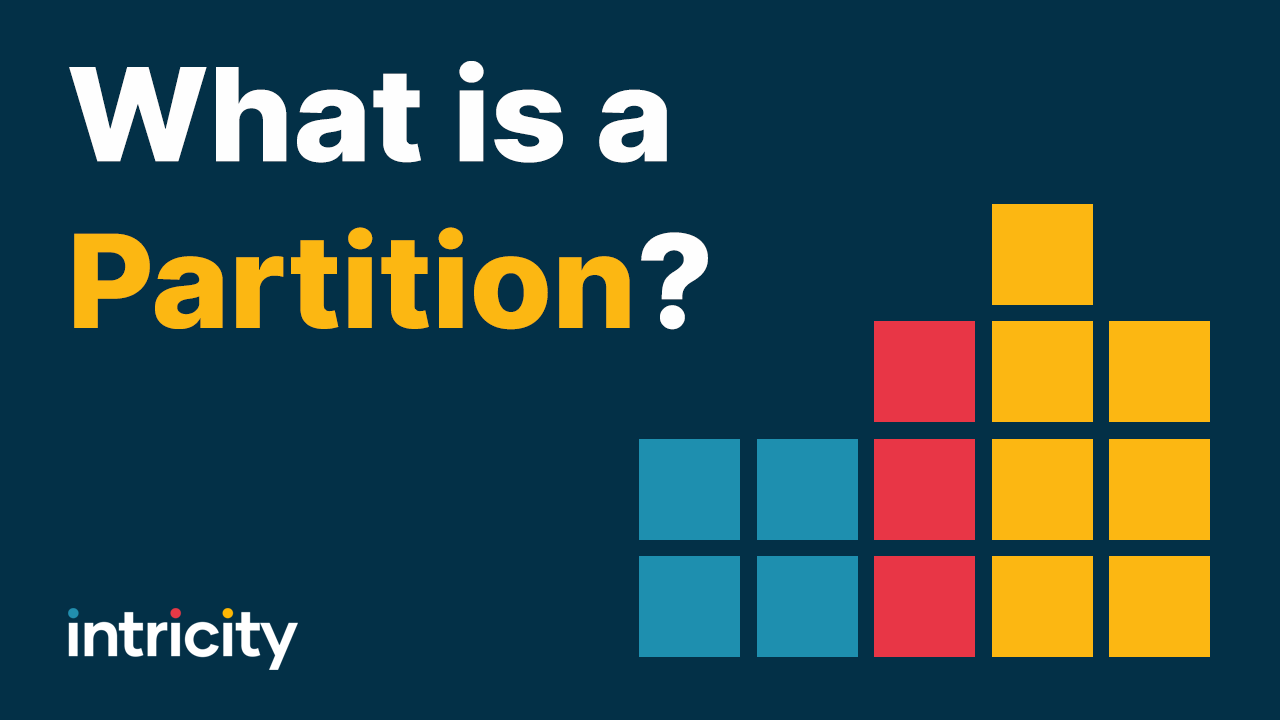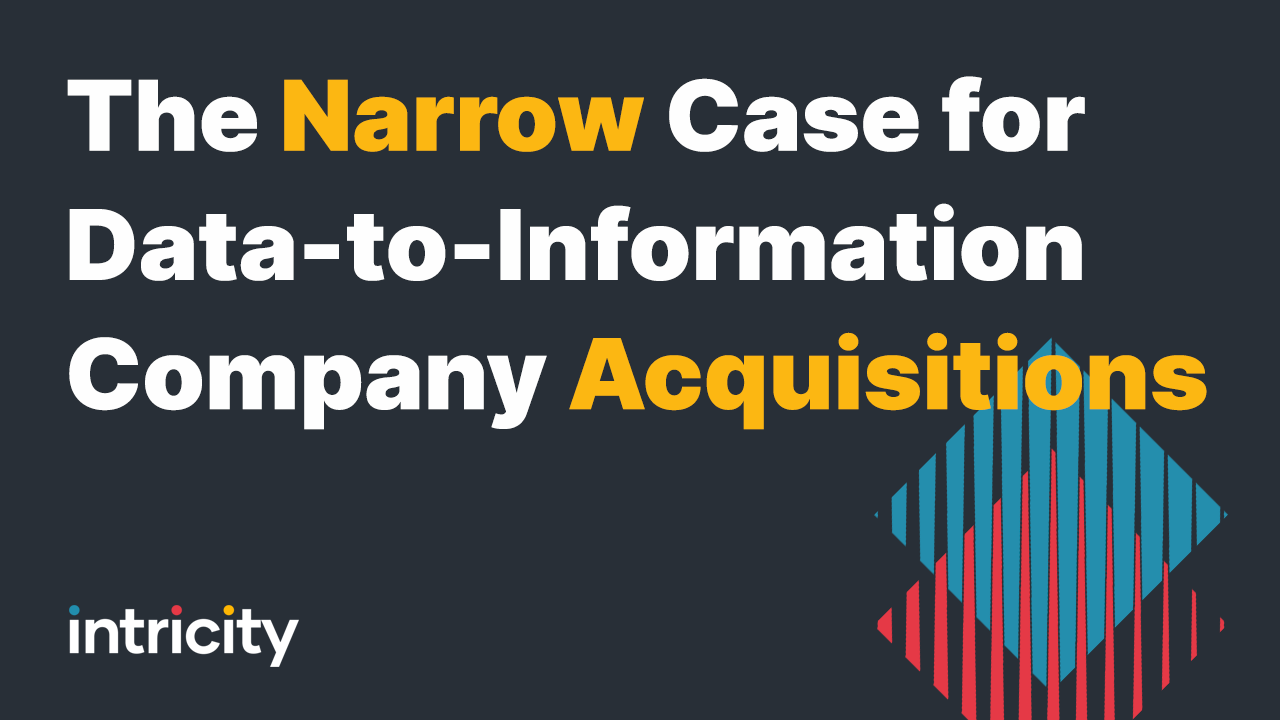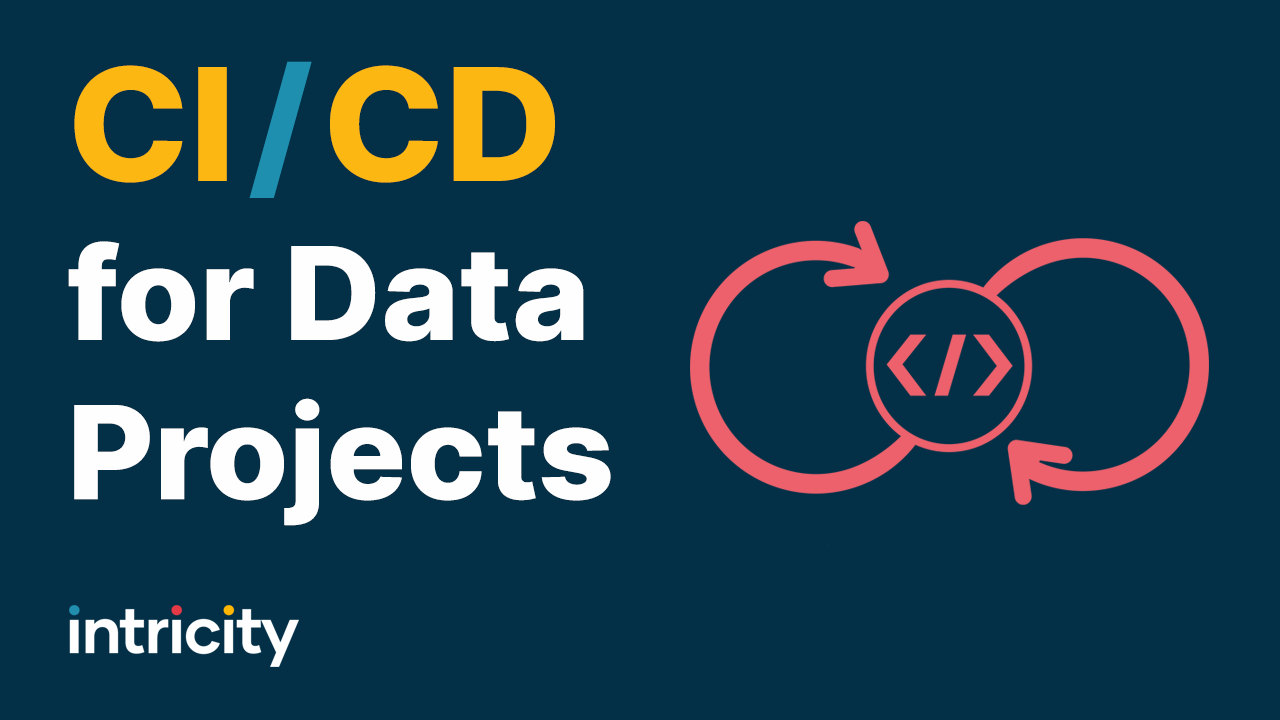For the last 20 years or so, organizations have bought complex applications to solve big business problems. These applications have driven everything from Sales all the way to Accounting. However, organizations are often forced to fit into the vendor's box of described processes to adopt these applications. The alternative is an expensive customization effort. So most companies just try to conform to the application vendor. What often happens, however, is that organizations just end up with a ton of gaps that are driven through endless spreadsheets.
But spreadsheets are a lousy way of running an organization. They’re don’t scale, they can’t smoothly run applications, they rely too much on individuals to manage them, thus they’re inconsistent, and I could keep going and going. BUT spreadsheets are flexible and easy to understand, and this is why companies have them all over the place.
So companies are left with two options. Either the behemoth applications or the puny excel processes. This gap is what Low Code fills. A flexible and easy-to-understand design space that business people can grasp, which translates into a scalable application that developers can integrate with and grow.
So let me give you a tangible example of how a process could be transformed using a low code platform. Imagine I want to automate the onboarding of new employees. First, the business analyst spends some time brainstorming the process they want. Then they can visually layout the process like you would in a diagram. The low code platform can interpret that process and create scalable code for a quick win. In this case, let's say it is alerting the hiring manager when all the interviewers are in agreement with a specific candidate. Once that quick win is done, the organization could then focus on another quick win like automating some canned responses for the hiring manager to the candidates, based on the hiring manager's approval. Once that quick win is done, they focus on connecting the applicants' details to their HR applications so they don’t have to be manually entered. When that is done they work on automatically identifying time slots on interviewers' calendars for conducting interviews and sending out invitations automatically. This process can go on and on until the automation is complete, providing value along the way. Perhaps more importantly, the simplicity of the process definition allows the business to be the owner of the application being built.
Because of this flexibility, the Low Code industry has gone by many names. So you’ll hear everything from Business Process Management, or Digital Transformation Automation, all the way to Enterprise High-Productivity Application Platform as a Service.
Intricity has specialists that can help deliver value to your organization by setting up a roadmap of wins that will help your organization realize a strategic end state. We have created a short assessment that can help you determine the processes that are best delivered with Low Code and how to break up their value milestones.
If you would like to take a look at the 2-page synopsis of this engagement click here and of course you can reach out to Intricity to talk with a specialist at any time.


